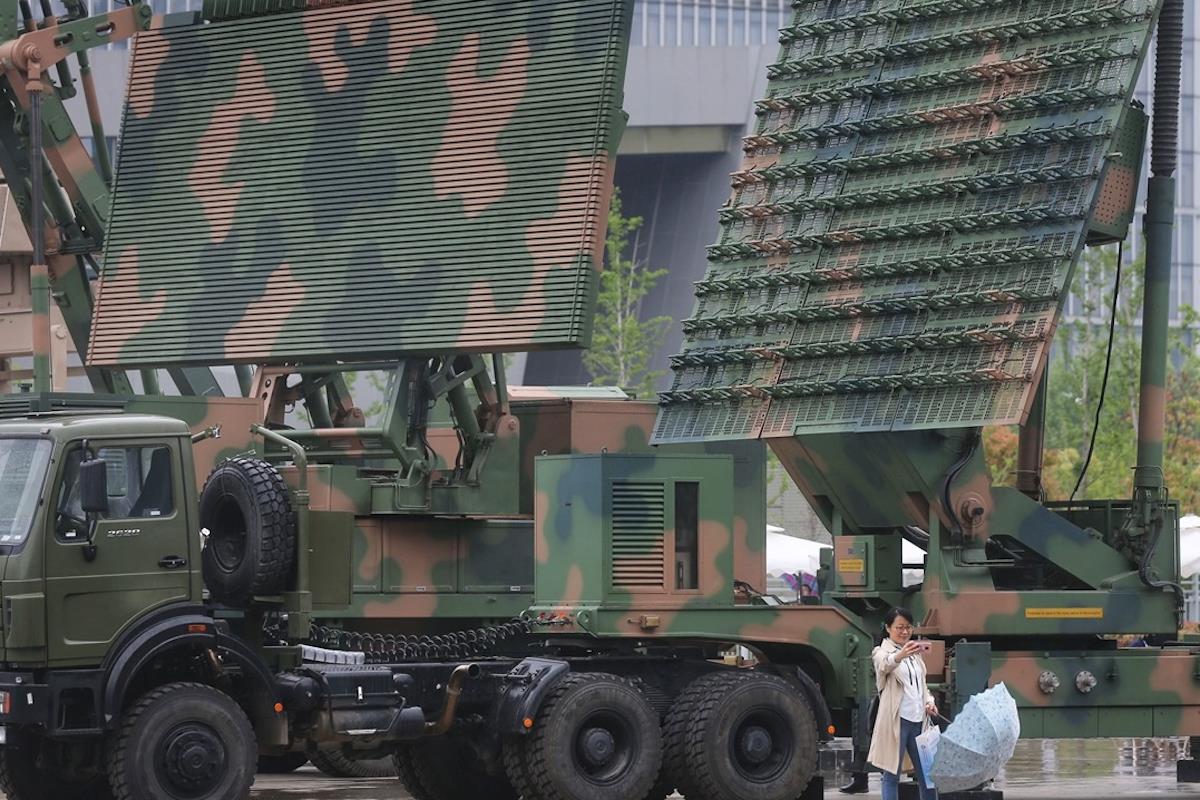
S Korea's Crucial Quest To Break Tungsten Ties With China
This revival follows the acquisition of the Sangdong mining rights by Canadian company Almonty Industries in 2015. The company established a subsidiary, Almonty Korea Tungsten Corporation, to run the mining operation, which resurrected the dormant site. Domestically, this effort has been welcomed by local residents, hoping that the mine's revival will revitalize the community facing regional decline.
Internationally, following a
visit
by US government researchers this past summer, the mine is anticipated to reliably supply tungsten abroad-primarily to the United States-although China remains the dominant global supplier.
As the world looks beyond China to secure tungsten for manufacturing-not only chips and batteries but also weaponry-concerns arise in Seoul about the limitations on South Korea's autonomy over this vital metal resulting from foreign ownership over the Sangdong mine, given the country's heavy dependence on Chinese tungsten.
Sangdong Mine and the US-South Korea Tungsten AgreementSangdong is a small town in Yeongwol County in South Korea's Gangwon Province. It houses the Sangdong tungsten mine, which contains an estimated
7.9 million tonnes
of proven and probable reserves and boasts the world's highest grades of tungsten.
Almonty
claims
that the mine will operate for“100-plus years,” comparing Sangdong to its“equal size” mine in Portugal, which has been running for 136 years and is expected to continue for another 50 to 60 years. The Sangdong mine used to contribute to
over half of the country's exports
as one of the largest tungsten producers on the planet.
However, the mine shut down in 1994, mainly due to an influx of cheaper tungsten from China, which
resumed exporting to the non-communist world
following its
economic reforms .
Consequently, Sangdong-once the heart of South Korea's industrialization, generating tungsten dollars-has become nearly a ghost town, with its population dwindling to around 1,000 residents, one of the least populated towns in the country.
The mine was originally owned by the South Korean state enterprise, Korea Tungsten Mining Company (KTMC), founded in 1952 during the Korean War. Its establishment followed the US-South Korea tungsten agreement, signed the same year, as the metal emerged as a“pivotal strategic mineral in the 20th century .”
According to a
study
on South Korea's tungsten exports and the bilateral tungsten agreement, the United States classified tungsten as a strategic material for weapons production during World War II and sought alternative sources after China's Communist Revolution, turning to South Korea.

Legal Disclaimer:
MENAFN provides the
information “as is” without warranty of any kind. We do not accept
any responsibility or liability for the accuracy, content, images,
videos, licenses, completeness, legality, or reliability of the information
contained in this article. If you have any complaints or copyright
issues related to this article, kindly contact the provider above.





















Comments
No comment